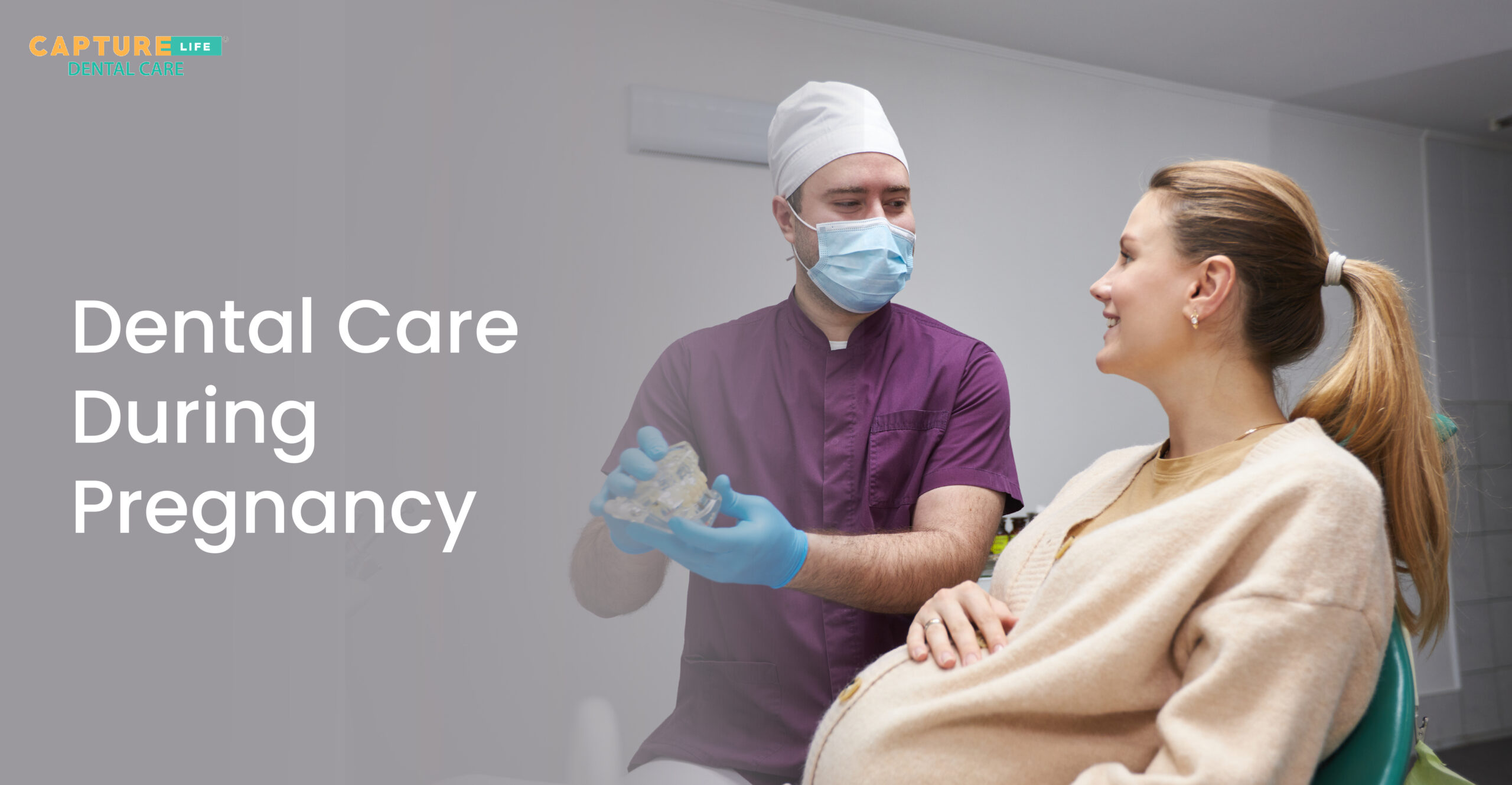
15 Jan Dental Care During Pregnancy: Understanding the Safety of X-Rays
Introduction
Welcoming the journey of pregnancy brings forth a cascade of unique considerations, and among them is the importance of maintaining oral health. Expectant individuals often find themselves navigating questions and concerns about dental care, particularly when it comes to procedures such as X-rays. In this special time, prioritizing both the well-being of the mother and the developing baby is paramount. This blog delves into the safety of dental X-rays during pregnancy, shedding light on how precautions are taken to address any potential risks while emphasizing the crucial role of oral health in the overall health of expectant individuals.
Importance of Oral Health During Pregnancy
The link between oral health and overall well-being is particularly pronounced during pregnancy. Poor oral health has been associated with adverse pregnancy outcomes, making it essential to prioritize preventive care. Regular dental check-ups, including professional cleanings and preventive measures, contribute to maintaining optimal oral health throughout pregnancy. This proactive approach supports both the mother’s well-being and the health of the developing baby.
Radiation Risks During Pregnancy
While dental X-rays involve minimal radiation, there is a heightened sensitivity during pregnancy. The radiation exposure during dental X-rays is carefully minimized through the use of lead aprons and thyroid collars, which act as protective barriers. At Capture Life Dental Care, strict adherence to safety protocols ensures that any potential risks associated with radiation are mitigated. Precautions are taken to focus the X-ray beam precisely on the area of interest, further minimizing exposure to surrounding tissues.
Alternative Diagnostic Methods
Understanding the concerns surrounding radiation exposure during pregnancy, dental professionals may explore alternative diagnostic methods that do not involve X-rays. These alternative methods prioritize the safety of the expectant individual and the developing fetus:
- Digital Imaging: Digital imaging technology offers a radiation-free alternative to traditional X-rays. This method uses electronic sensors to capture detailed images of the teeth and jaw. Digital imaging not only eliminates the use of film and associated chemicals but also provides immediate results, allowing for a quicker and more efficient diagnostic process.
- Ultrasound: In specific cases where dental X-rays are deemed non-essential, ultrasound imaging may be considered. While ultrasound is not commonly used in routine dental diagnostics, it can provide valuable information without exposing the fetus to ionizing radiation.
- Clinical Examination and History-Taking: Comprehensive clinical examination and detailed history-taking become particularly crucial during pregnancy. Dentists can glean valuable information about a patient’s oral health through a thorough examination of the mouth, including visual inspection and palpation. Combined with a detailed history of the patient’s oral hygiene practices, dietary habits, and any existing dental concerns, this information aids in formulating an effective treatment plan without the need for X-rays.
Before any diagnostic procedure, a risk-benefit analysis is conducted. Dentists carefully weigh the potential benefits of obtaining diagnostic information against the potential risks associated with exposure. This analysis takes into account the specific dental condition, the urgency of the diagnostic information, and the overall health status of the expectant individual.

